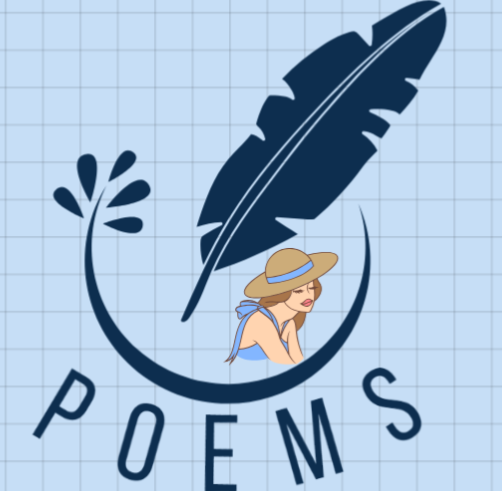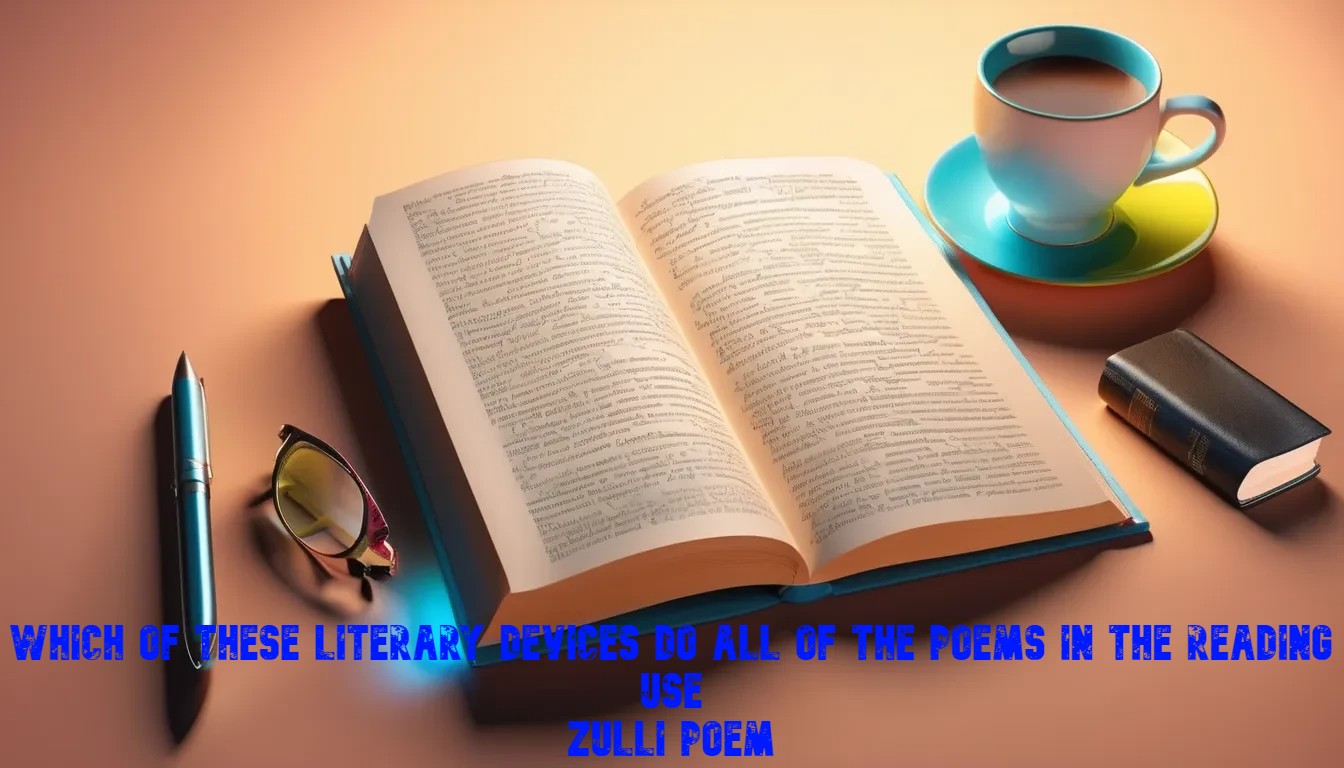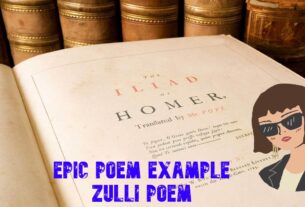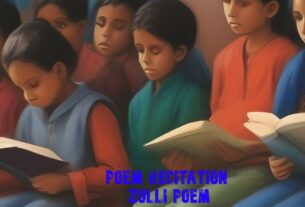Poetry has an innate ability to convey complex emotions and vivid imagery, thanks in large part to the use of literary devices. These tools are pivotal in transforming simple words into powerful expressions of art, giving depth and resonance to poetry. But what exactly are these devices that weave their magic into every poem? Let’s explore their significance and universal application across various poems.
Overview of Literary Devices in Poetry
Literary devices are techniques writers use to express their ideas, enhance their writing, and evoke emotions in their readers. In poetry, they serve the dual purpose of providing structure and adding layers of meaning, transforming a simple verse into a rich narrative. Many poems incorporate several of these devices, each playing a role in creating an emotional impact or conveying a profound theme.
For a comprehensive list of various literary devices check this guide on poetic devices that highlights how they are identified and utilized in poetry.
Common Literary Devices Found in All Poems
Across the diverse landscape of poetry, certain literary devices are frequently used to create rich, unforgettable texts. Let’s examine some of these universal elements.

Imagery
Imagery is a powerful device that paints vibrant pictures in the reader’s mind, drawing them into the poem’s world. It’s not just about visual representation but engaging the other senses, too. A good poem uses imagery to evoke smells, sounds, tastes, and feelings, transforming abstract concepts into tactile experiences.
Repetition
Repetition serves as an anchor in poetry, emphasizing key themes and emotions. By repeating sounds, words, phrases, or structures, poets underscore their message and forge a connection with the audience. This device often enhances the rhythm and musical quality of the poem, making it memorable and impactful.
Metaphor and Simile
Metaphors and similes establish connections between seemingly disparate elements, revealing deeper insights. These devices enable poets to draw parallels that illuminate hidden meanings, allowing readers to explore layers beyond the surface. They give life to abstract thoughts by equating them with familiar experiences.
For more examples and explanations, you can read about these literary devices including metaphors and similes used across English poetry.
Thematic Significance of Literary Devices
Literary devices aren’t mere embellishments; they are integral in weaving together the themes of a poem, enriching its narrative and emotional core.
Exploration of Themes
Devices like alliteration and personification bring themes like love, loss, and nature to the forefront. They highlight these universal motifs, allowing readers to ponder their timeless relevance. Through alliteration, poets create rhythm and mood, while personification endows nature and objects with human qualities, emphasizing connection and empathy.
Emotional Resonance
A poem’s power lies in its ability to strike an emotional chord. Literary devices play a key role in this, shaping the reader’s emotional journey. The choice of metaphor, the cadence created through repetition, and the vividness of imagery collectively enhance a poem’s emotional impact, ensuring that its essence lingers long after the last line is read.
Learn more about how these devices create emotional connections by exploring their importance in writing.
Related Discovering the Magic of Stanza Poems: Examples and Techniques
Conclusion
Understanding literary devices is crucial to comprehending and appreciating poetry. These tools not only elevate the aesthetic quality of poems but also deepen our engagement with them, allowing for a thought-provoking and immersive reading experience. Indeed, the true beauty of poetry often lies in these subtle yet profound elements that give words their power and poetry its voice.
By exploring and acknowledging these elements, readers and writers alike can better appreciate the intricate artistry that is poetry, forging connections that resonate on both an intellectual and emotional level.
People also search for
Which of these is the best example of metaphor
Which of these excerpts from the poems you read is an example of personification
After reading a poem what is the first thing you should do to begin analyzing it
Which of these poetic devices does this poem most represent




